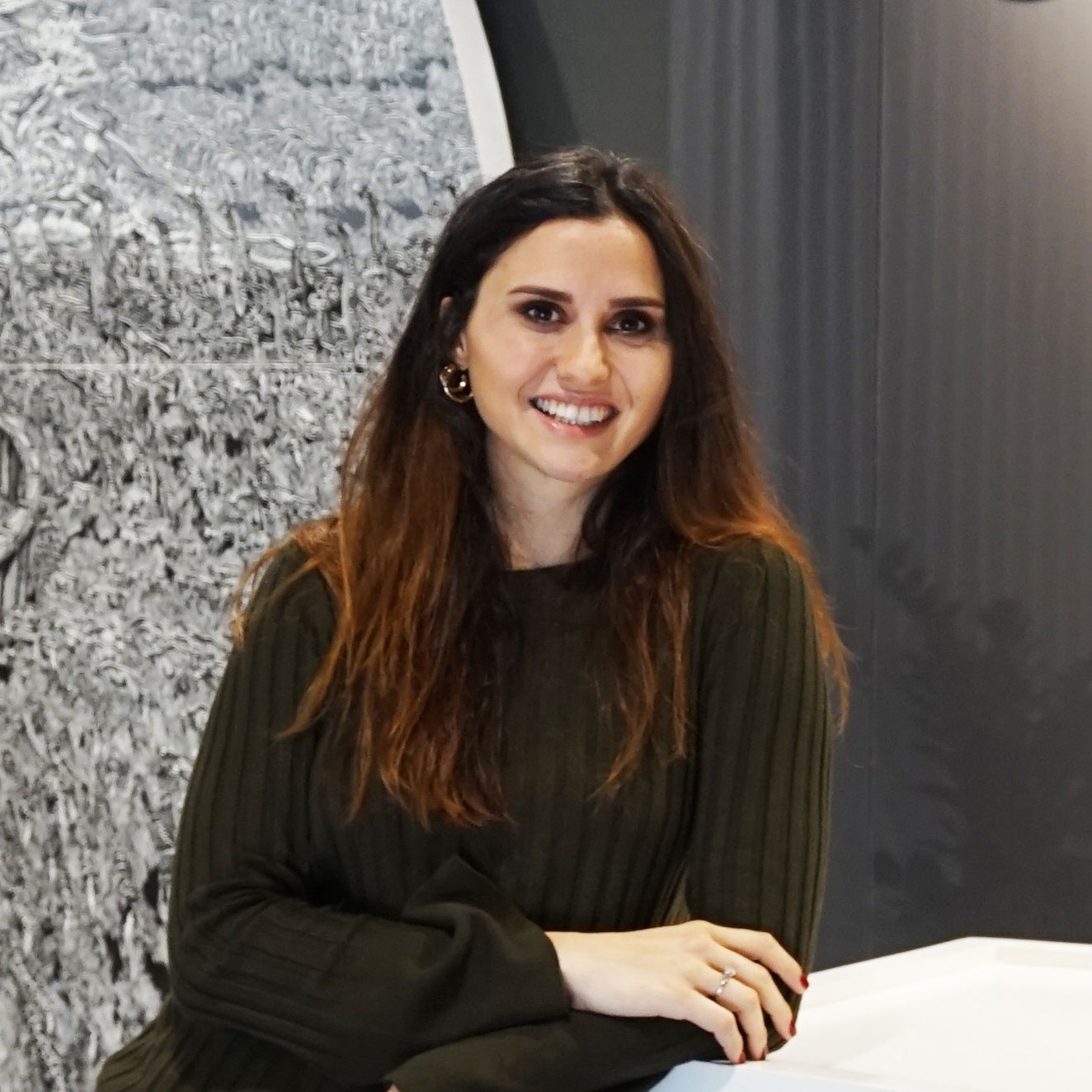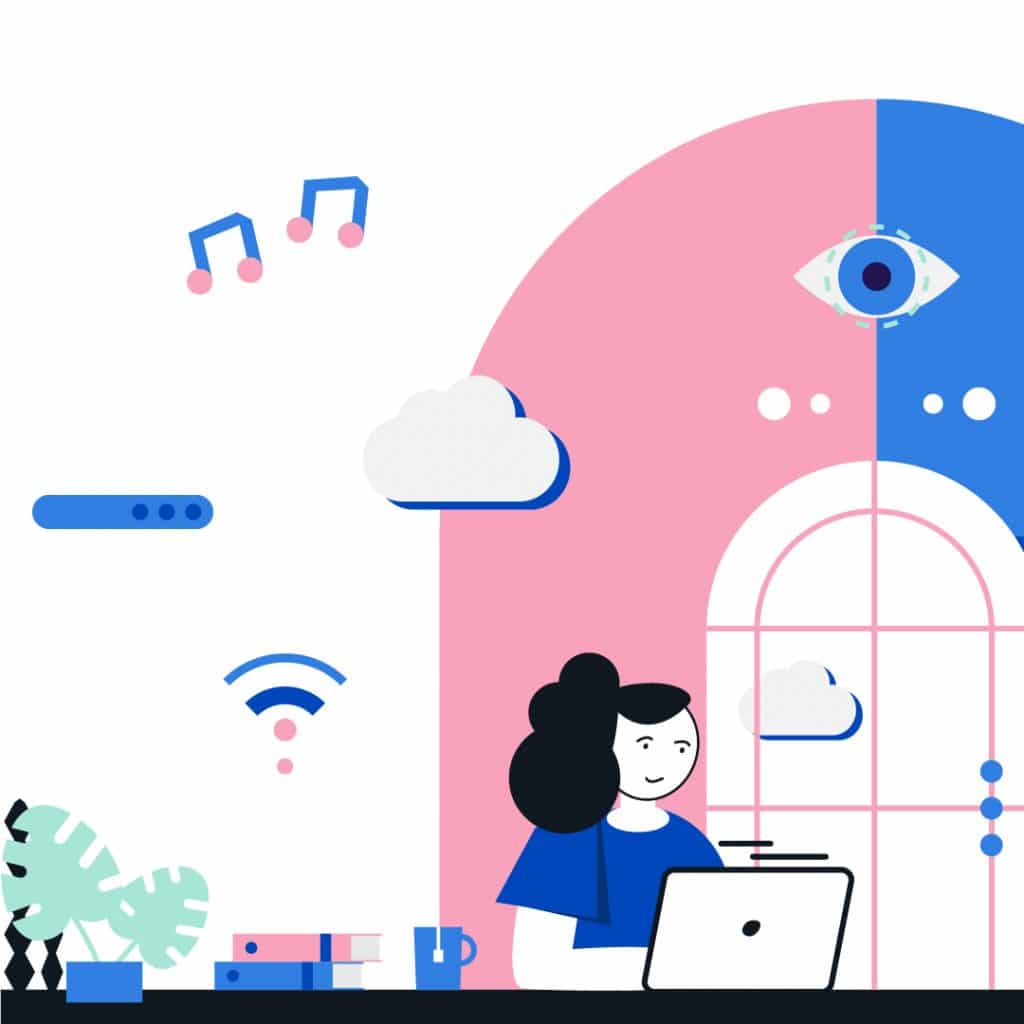World Usability Day 2020 and Technology in the era of COVID-19
The way we interact with the world and use tools to help us changes every day. Oftentimes, new technology gives us a leg up and changes what we use to help us move through the world forever. But other times, the world itself is what changes.
The COVID-19 global pandemic has affected every technology and every industry. Delivery services are a much more common form of shopping, with as many as 20% more people shopping now using delivery apps. Working remotely has become legally required for various professions in various places. By 2021, estimates suggest that between 25-30% of all workers will be working remotely. Industries that require large groups of people to congregate together are in a significant amount of trouble as well, with technology attempting to fill the void as much as possible.
This year’s World Usability Day on November 12th comes just as technology is trying to grapple with an entirely new normal.
What is World Usability Day?
World Usability Day began in 2005 to promote making new technologies more user-friendly and to promote the values of usability, usability engineering, user-centered design, universal usability, and every user’s responsibility to ask for things that work better. This has led to the day also being called “Make things easier day.” Every year features a new theme, usually one in line with the technological developments of the day.
One of the focuses of the day is to reject the idea that technology is difficult to use for people who aren’t adept at using new fangled devices. Just as a wheel or sliced bread was once an advanced technology but now usable by everyone, so should whatever new devices come out that help us deal with the world as it changes around us. This means that the user experience needs to be consistently incorporated into the design of all new technology, and World Usability Day is committed to ensuring this is a focus into the future.
How Usability Changes in a Pandemic
Over the course of the pandemic, every industry has been changed – possibly forever. But it would be a mistake to assume that a change in industry means an end to it. Take travel agencies, one of the most obviously hard-hit industries in the world. It’s not true that people no longer travel, but instead that they travel differently. Research suggests that people are possibly more desperate than ever to travel, but now require flexibility both to deal with sudden restrictions, or to deal with an uptick in positive cases.
This case study reveals something important to the changing world – the importance of research. The pandemic is forcing changes to be made in behavior, in part due to shifts in people’s psychologies and interests, and it’s up to designers to factor in those differences into future designs. These then combine with potential regional shifts and timing differences and when all of these are taken into consideration, you have an industry that’s changing but wherein intelligent design can capture new users before competitors catch up.
One of the ways we can see how this research is affecting industries is in the challenges facing designers determined to improve the user experience for online grocery shopping as demand explodes. For instance, a focus has shifted from the benefits of the ease of online shopping to the safety of it, with apps prominently placing the safety provided by apps throughout the experience to ease customer concerns. Another feature of increased demand is that users can become worried that their desired delivery times will be unavailable. App designers can reassure users with multiple timeslots, with the most popular slots slightly more expensive.

Another part of this research involves figuring out which behavioral changes are pandemic-specific, and which are likely here to stay. For instance, estimates from the Harvard Business School suggest that at least 20% of workers currently working remotely will simply never return to the office. This has implications for real estate markets, how offices interact with one another, and a domino effect across industries. Understanding what behaviors resulting from the pandemic will remain and which will change as the pandemic recedes or as vaccines/treatments improve will help designers pave the way to a more innovative and usable future.
This year’s Usability Day Theme
The theme of World Usability Day 2020 is Human Centered AI. In essence, one of the problems designers can encounter is they get caught up in the weeds of design and trying to make the device or tool perfect, losing focus on how humans plan to use them and how they can actually improve human performance itself. This year’s theme is to put the focus on making sure that humans maintain control over the direction AI is taking, not for some science fiction type reasons, but to ensure that AI remains “reliable, trusted and safe.”
This is specifically focused on improving the user experience, by placing the focus back on the humans using AI rather than the AI itself. Ultimately, the entire point of AI is to create deeper human connections between people, which is ultimately the ideal user experience as well. Technology is just what makes the ideal user experience possible, and this year’s World Usability Day aims to reinforce that fact.
The focus comes as the AI industry will reach up to $33 trillion by 2025, while The McKinsey Global Institute believes it will have “rough 3,000 times the impact” of the Industrial Revolution.” AI is a feature of industries the world over, and it’s imperative that it be intuitive and controllable by the people it benefits most. This day, particularly in the midst of such a time of upheaval and change, is critical in keeping the focus in the right place.
Key Takeaways
With the pandemic upon us and the world changing, it’s critical that designers create more usable products both for the abnormal times and for the time when the new normal is finally upon us. World Usability Day was originally designed to make sure we focus on usability in the tools we create to interact with the world. Now more than ever it’s important to keep that focus. In 2020, World Usability Day is focusing on Human Centered AI. Given the ubiquity of AI across industries, it’s important to make sure it can be developed so it’s as usable and controllable as possible by users. This means, particularly in a pandemic, focusing on research and user behavior so that design can maximize its utility and mitigate potential issues that arise.
7 min read
Don’t miss out the latestCommencis Thoughts and News.

İzlem Akman / UX Design Lead
10/11/2020
The way we interact with the world and use tools to help us changes every day. Oftentimes, new technology gives us a leg up and changes what we use to help us move through the world forever. But other times, the world itself is what changes.
The COVID-19 global pandemic has affected every technology and every industry. Delivery services are a much more common form of shopping, with as many as 20% more people shopping now using delivery apps. Working remotely has become legally required for various professions in various places. By 2021, estimates suggest that between 25-30% of all workers will be working remotely. Industries that require large groups of people to congregate together are in a significant amount of trouble as well, with technology attempting to fill the void as much as possible.
This year’s World Usability Day on November 12th comes just as technology is trying to grapple with an entirely new normal.
Don’t miss out the latestCommencis Thoughts and News.
What is World Usability Day?
World Usability Day began in 2005 to promote making new technologies more user-friendly and to promote the values of usability, usability engineering, user-centered design, universal usability, and every user’s responsibility to ask for things that work better. This has led to the day also being called “Make things easier day.” Every year features a new theme, usually one in line with the technological developments of the day.
One of the focuses of the day is to reject the idea that technology is difficult to use for people who aren’t adept at using new fangled devices. Just as a wheel or sliced bread was once an advanced technology but now usable by everyone, so should whatever new devices come out that help us deal with the world as it changes around us. This means that the user experience needs to be consistently incorporated into the design of all new technology, and World Usability Day is committed to ensuring this is a focus into the future.
How Usability Changes in a Pandemic
Over the course of the pandemic, every industry has been changed – possibly forever. But it would be a mistake to assume that a change in industry means an end to it. Take travel agencies, one of the most obviously hard-hit industries in the world. It’s not true that people no longer travel, but instead that they travel differently. Research suggests that people are possibly more desperate than ever to travel, but now require flexibility both to deal with sudden restrictions, or to deal with an uptick in positive cases.
This case study reveals something important to the changing world – the importance of research. The pandemic is forcing changes to be made in behavior, in part due to shifts in people’s psychologies and interests, and it’s up to designers to factor in those differences into future designs. These then combine with potential regional shifts and timing differences and when all of these are taken into consideration, you have an industry that’s changing but wherein intelligent design can capture new users before competitors catch up.
One of the ways we can see how this research is affecting industries is in the challenges facing designers determined to improve the user experience for online grocery shopping as demand explodes. For instance, a focus has shifted from the benefits of the ease of online shopping to the safety of it, with apps prominently placing the safety provided by apps throughout the experience to ease customer concerns. Another feature of increased demand is that users can become worried that their desired delivery times will be unavailable. App designers can reassure users with multiple timeslots, with the most popular slots slightly more expensive.

Another part of this research involves figuring out which behavioral changes are pandemic-specific, and which are likely here to stay. For instance, estimates from the Harvard Business School suggest that at least 20% of workers currently working remotely will simply never return to the office. This has implications for real estate markets, how offices interact with one another, and a domino effect across industries. Understanding what behaviors resulting from the pandemic will remain and which will change as the pandemic recedes or as vaccines/treatments improve will help designers pave the way to a more innovative and usable future.
This year’s Usability Day Theme
The theme of World Usability Day 2020 is Human Centered AI. In essence, one of the problems designers can encounter is they get caught up in the weeds of design and trying to make the device or tool perfect, losing focus on how humans plan to use them and how they can actually improve human performance itself. This year’s theme is to put the focus on making sure that humans maintain control over the direction AI is taking, not for some science fiction type reasons, but to ensure that AI remains “reliable, trusted and safe.”
This is specifically focused on improving the user experience, by placing the focus back on the humans using AI rather than the AI itself. Ultimately, the entire point of AI is to create deeper human connections between people, which is ultimately the ideal user experience as well. Technology is just what makes the ideal user experience possible, and this year’s World Usability Day aims to reinforce that fact.
The focus comes as the AI industry will reach up to $33 trillion by 2025, while The McKinsey Global Institute believes it will have “rough 3,000 times the impact” of the Industrial Revolution.” AI is a feature of industries the world over, and it’s imperative that it be intuitive and controllable by the people it benefits most. This day, particularly in the midst of such a time of upheaval and change, is critical in keeping the focus in the right place.
Key Takeaways
With the pandemic upon us and the world changing, it’s critical that designers create more usable products both for the abnormal times and for the time when the new normal is finally upon us. World Usability Day was originally designed to make sure we focus on usability in the tools we create to interact with the world. Now more than ever it’s important to keep that focus. In 2020, World Usability Day is focusing on Human Centered AI. Given the ubiquity of AI across industries, it’s important to make sure it can be developed so it’s as usable and controllable as possible by users. This means, particularly in a pandemic, focusing on research and user behavior so that design can maximize its utility and mitigate potential issues that arise.




